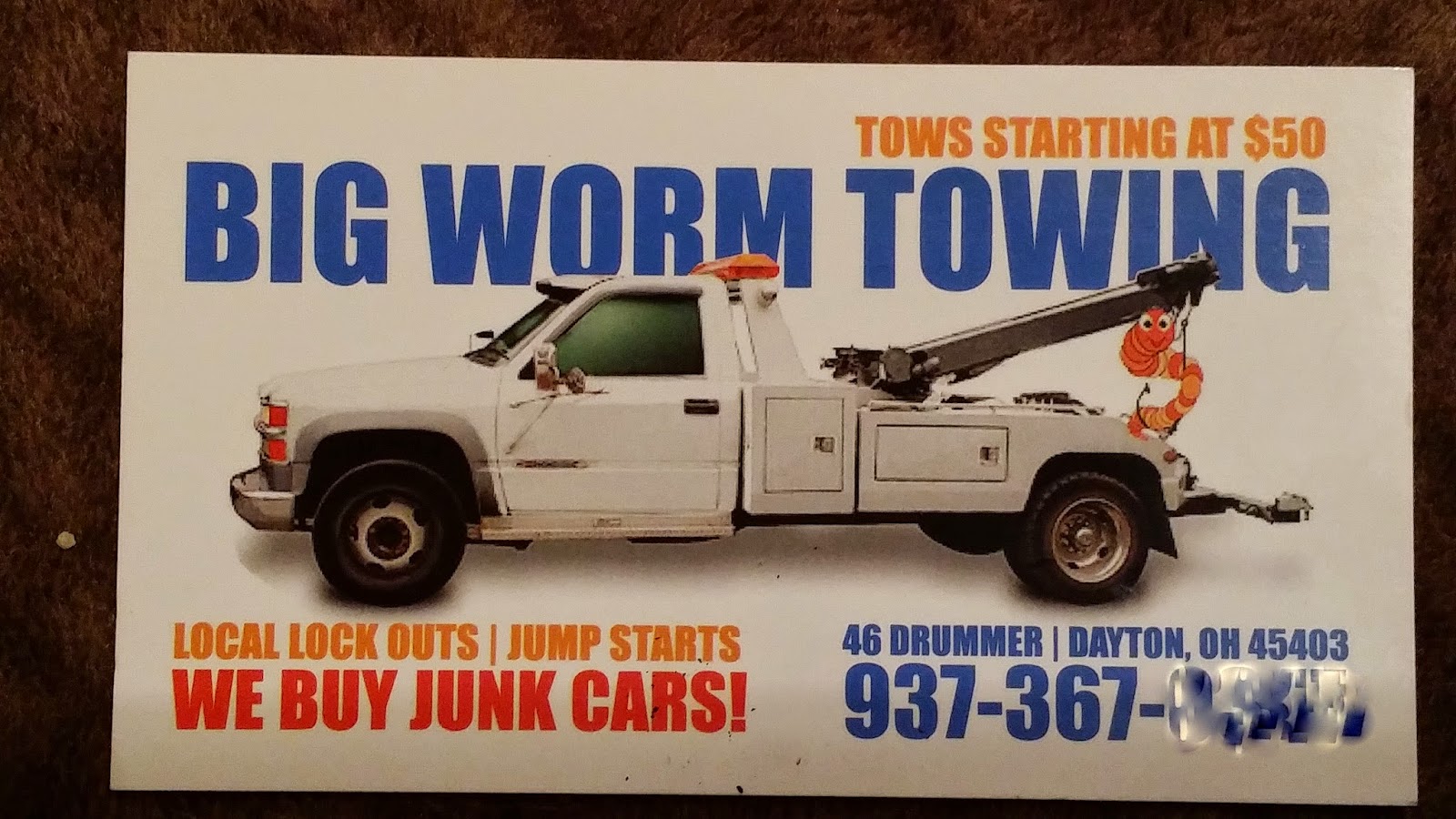Today, the movers brought my stuff!! My belongings have been in storage for a year,
while I moved around to Chicago, Southern California, and now Dayton. It feels good to unpack everything and turn
this house into a home (Luther Vandross’s “A House is not a Home” playing in
the background).
This neighborhood
continues to fascinate me. I feel my
blackness here in a way I never have before.
Racial tension is pervasive here, yet there is an oddly friendly,
old-timey neighborhood vibe. For
example, everybody knows everybody else on the block and there is a slow but
constant flow of neighbors visiting one another’s houses. When the work day is done, neighbors honk and
wave to one another on the way home. And
kids here still play in the streets until the street lights come on. However, amid these friendly exchanges, a
confrontation tinged with racism occurs. One of the Little Girls stopped by to
tell me about an altercation she had up the street. I had just heard her yelling at another girl
in the neighborhood, but I chalked it up to children being loud and
boisterous. The Little Girl confesses
that a ten-year-old girl up the street called her little sister “a black A-S-S- bitch” (yes, she spelled out “ass” because,
as she explained, she’s only eleven
years old and she’s not allowed to use curse words—yet she did say the word “bitch”
so who knows). Her little sister is only
three years old. One of several mixed-race
children in the area, most of whom are born to local white women and black men
who presumably live across the river-- they definitely don’t live in this
neighborhood. As the Little Girl
explains the altercation with the other girl, she says of her sister, “yeah,
she’s black but she’s only three. She
can’t help it.” I’m not clear as to
which thing she can’t help—being black or being three years old. I guess either way, she’s right; however, I
assume she meant that her sister can’t help being black (the presumption being
that if she could help it, she would).
In this neighborhood,
being black is not considered a good thing and to point out the fact of one’s
blackness is clearly meant to be an insult.
In defense of her little sister, the Little Girl rallies the other
Little Girls and they rode their bikes to the end of the street to confront the
offending party. At
that moment, the Little Girls attempted to restore the honor of the three year
old girl who was publicly called out for being black. As I watched them ride away, I waved to a
neighbor sitting across the street. She simply
got up and walked inside her house. I
guess she wasn’t interested in getting to know her new neighbor.
Not more than ten minutes later, the man with
the racist truck comes over to introduce himself. I had recognized him yesterday as the truck’s
owner when he returned home from work. I
was expecting a surly old man, but this dude (who looks like an older, heavier
version of the late George Carlin— ponytail and all) is quickly greeted by the
neighborhood children. He smiles and
asks them about their day and the children detail the rules of the game they
were playing. While I think the
messages on Woody’s truck are vile, he seems like a cool enough guy. We probably won’t be hanging out much, but we
can exchange neighborly pleasantries from time to time. As long as we never talk politics, we should
be good.









